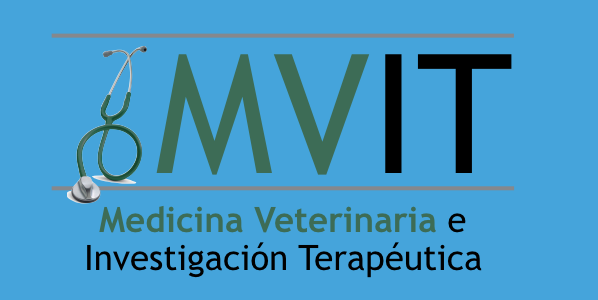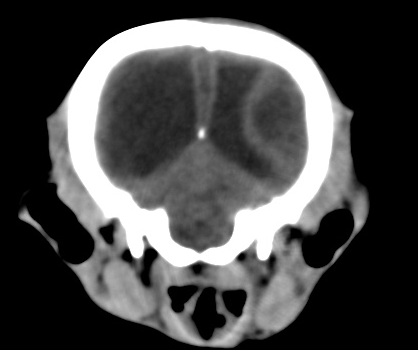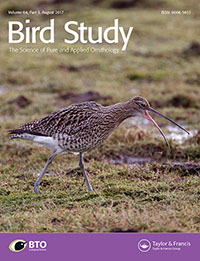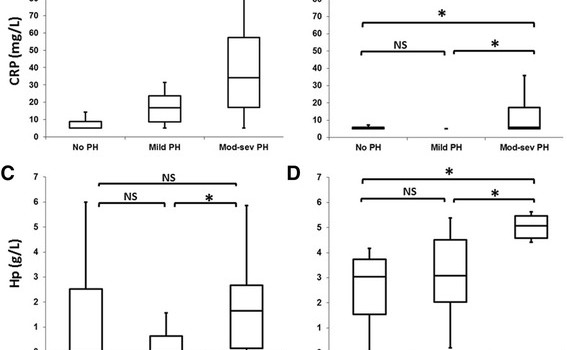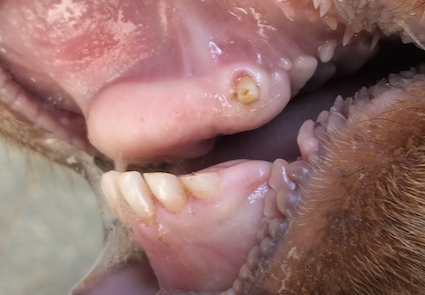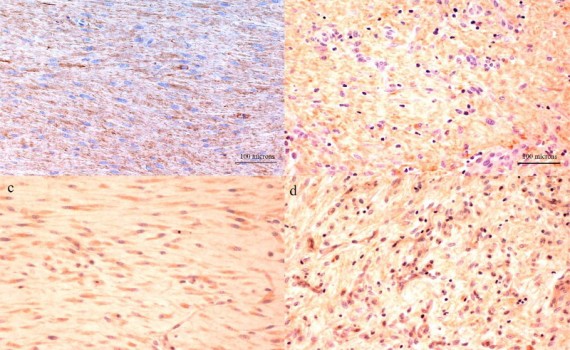Doxycycline treatment for Dirofilaria immitis in dogs: impact on Staphylococcus aureus and Enterococcus antimicrobial resistance
- aResearch Institute of Biomedical and Health Sciences, University of Las Palmas de Gran Canaria, Paseo Blas Cabrera Felipe “Físico” s/n, Las Palmas de Gran Canaria, Canary Islands, Spain
- bMicrobiology, Faculty of Veterinary, University of Las Palmas de Gran Canaria, P.O. BOX 550, Las Palmas de Gran Canaria, Canary Islands, Spain
Abstract
Doxycycline is an antibiotic that, in addition to the classic antibacterial use, is also prescribed to fight parasitic diseases, like heartworm disease in dogs. Despite the concern that the overuse of this antibiotic may decrease susceptibility of clinically important bacteria, the consequences of the prolonged doxycycline therapy in heartworm-infected dogs have never been studied before. We have analyzed the impact of this therapy on Staphylococcus aureus and Enterococcus antimicrobial resistance. In this study, 17 heartworm-infected dogs (10 that had completed the doxycycline treatment and 7 dogs that had not yet begun) were included. Twenty-four isolates of Staphylococcus aureus were obtained from two locations of each dog. After treatment, 73.3% of isolates were resistant to at least one antibiotic but only 22.2% of isolates before treatment. Most of doxycycline resistant isolates were obtained from dogs that have received treatment. Erythromycin resistance or intermediate susceptibility was detected in 45.6% of isolates, most of them from dogs after treatment. For Enterococci, 48 isolates were obtained from fecal samples (25 before treatment and 23 after treatment). Before treatment, 32% of isolates were resistant at least to one antibiotic while after, this data increase up to 65%. Comparing isolates before and after treatment, a clear increase in resistance to doxycycline (12% against 21.74%) and erythromycin (20% against 39.13%) was observed. Although the present work is a preliminary research, the results encourages the development of further studies to determinate the effect of prolonged doxycycline therapy on antimicrobial resistance.
